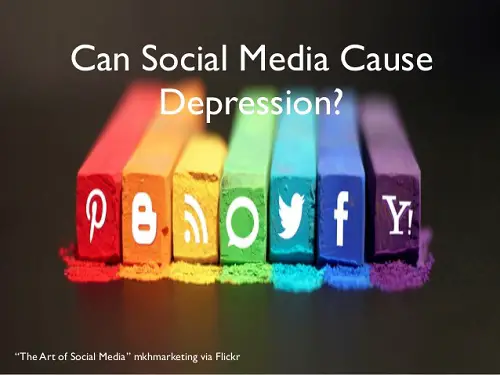
It is very fascinating to know the differences and similarities between Social Media disorder and Eating Disorders. The influence of social media on eating disorders has been a matter of extensive research in the last few years. Some argue that increased exposure to celebrity life and model-like bodies via highly visual social media sites (like Instagram, Facebook, Twitter, and so on) facilitates the growth of disorders like Anorexia and Bulimia. It is also inferred that the role of body image, particularly among young girls, is a factor behind the rise of both the disorders.
In the past few years, social media disorder and eating disorders (Anorexia and Bulimia specifically) have become widespread in the US and the mortality rate of patients with Anorexia is higher than that of Schizophrenia. In a world where a sizeable population is driven by “thinspiration” (a.k.a thinspo) and showing off the glamour, having a lean frame is equated with good looks and considered the norm (peer pressure), and even more important seem to be letting others know about it (the virtual reality).
Types of eating disorders
The Diagnostic and Statistical Manual 5 (DSM-5)1 has classified eating disorders into the following:
- Anorexia Nervosa — Persistent low food intake resulting in significant weight loss and other physical problems. More common in teenage girls.
- Bulimia Nervosa — Consuming food in large amounts than normal within a short time duration (usually 2 hours) resulting in significant weight gain and other physical problems.
- Binge Eating Disorder (BED) — Frequent munching over food (usually unhealthy).
- Pica — Disordered habit of eating non nutritive substances.
- Rumination Disorder — Repeated chewing, re chewing, swallowing, or spitting out food.
- Avoidant / Restrictive Food Intake Disorder
- Other Specified Feeding or eating Disorder
- Unspecified Feeding or Eating Disorder
Recently, Orthorexia 2 has also been recognized as an eating disorder. It is the unhealthy fixation to improve health by eating and lies somewhere on the periphery of health consciousness and health obsession.
Types of Social Media Disorders
Social media disorders can overlap with each other. More than one condition has been known to be found in a person at the same time.
- Social media depressive disorder — Increased use of social media leading to feelings of worthlessness, hopelessness and interrupting daily life functions.
- Social media anxiety disorder — Persistent fear related to social media. Includes FOMO (Fear of Missing Out), FOBO (Fear of being Offline) and NOMo (No Mobile).
- Social media induced Social Phobia — Fear of communicating with real people. It comes as a result of spending excessive time in the social networks and cutting off from the real world.
- Social media addiction — Increased amount of time and energy spent on social networks that prevents the person from doing anything else, even the important stuff.
How is eating disorders related to social media disorder
Dissatisfaction with self
The interconnection between Social Media Disorder (SMD) and Eating Disorder is self image and self obsession. Self esteem is so low for the sufferers that they believe changing their appearance is synonymous with happiness. They can spend hours in social networks following the pro-eating communities, gathering information on weight loss, looking at pictures of friends they consider “beautiful” and sinking into more self dissatisfaction.
Leads to other psychological problems
Social media and eating disorders can spread out causing several other psychological disorders like:
- Depression — Feeling lonely, sad , worthless and ugly is common in both conditions.
- Anxiety disorders — Frequent checking the public profiles, self imposed pressure of uploading pictures, binge eating at short intervals or complete resistance to food for losing weight the soonest — these are the symptoms that lead to anxiety disorders like phobia and OCD. Social addiction and eating disorders, is never pleasant for the sufferer but they fail to control themselves.
- Delusional Disorder — Many articles of the “World Journal of Psychiatry” argue Anorexia Nervosa to be a delusional disorder in itself . Persistent beliefs regarding physical appearance and what others think makes the person frame his/her own virtual reality.
- Body Dysmorphic Disorder (BDD) — Dissatisfaction with one’s body to an extent that causes huge distress is a common feature in Anorexia. Anorexics equate light body with happy life and lose appetite to achieve it. The role of social media in facilitating body dysmorphic disorder cannot be denied. The filtered colours and airbrushed effects of the pictures posted in social networks can lead a person to believe he/she is uglier in comparison and the dissatisfaction with body image keeps heightening.
Withdrawal from reality
People who are highly exposed to social networks develop dependence to a level where they can actually cut off from real life. Talking with virtual friends and activities such as liking and favoriting become so comforting that people begin to prefer them over face to face communicating or giving a compliment in real life. Even in social gatherings, they tend to grow shy and hesitant.
Personality traits
Some people are prone to develop the risks of eating disorders and social media related illnesses. Studies indicate that the personality pattern of substance abusers can be related to the social media addicts as well. Personality traits such as neuroticism and obsession or histrionic personality traits can indulge in the development Anorexia or Orthorexia. Antisocial personality traits have been related to social media addiction and Bulimia as well.

How they differ
The link between social media disorder and eating disorder is substantial and established in scientific researches. However, there are certain distinct areas where they cannot be paired.
The role of Genes
Extensive researches on Anorexia Nervosa and Bulimia Nervosa have suggested a genetic influence in their causation. Although it has not fully been established as a fact, but studies 3 conducted at QIMR Berghofer Medical Institute in Queensland, Australia have shown that it is not the predominance of a particular gene, rather it is the combination of different genetic influences that together result in the vulnerability of growing an eating disorder.
Social media disorder has not yet been known to have any genetic influence. As the disorder has become prevalent mainly in the last two decades, research evidences do not suggest any genetic vulnerability for growing it. Of course, this is a debatable topic at this stage as extensive researches are being done to investigate the presence of any hereditary role in it.
Aetiological Factors
Social media disorder is likely to show up when a person is in distress, for instance when they are going through a breakup, or recovering from job loss. Psychological disorders that facilitate and is often comorbid with social media disorders are :
- Stress
- Depression
- Self obsession
- Personality traits
Eating disorders are usually caused due to substantial over eating or undereating. There may be underlying reasons, however, that promote abnormal eating but the predominant condition in eating disorder is the eating behaviour rather than any other disorder.
The motivating force
It is not very often that we hear a Facebook or Twitter addict claiming to spend hours in the public forums to improve their looks or fetch better grades or for any other improvement they are seeking for. The motivation in eating disorders like Anorexia and Orthorexia is regulated towards self improvement (faulty though it may be). They develop as an endeavour to conform to the desired shape and get rid of self dissatisfaction. Several professions that require a fit body (like dance forms or sports) can promote eating disorders as well.
On the contrary, social media addicts have no primary gain from the social networks. It is essentially a passive way of spending hours and hours doing nothing. More than a motivation, social media is an escape from reality. Even if the sufferers claim, there is little motivation for self improvement in any social media disorder. A good example of this is Twitter where millions of people follow the lives of celebrities day and night out of sheer curiosity of what they are up to. It is an aimless and intrusive habit in most cases. Free and easy entertainment, if you will.
It is difficult to ascertain the degree to which the two disorders are related to each other as they both represent a spectrum having different sub-types. Treating them at an early stage can ensure better prognosis. This can be done by educating about how to maintain a healthy diet or spreading social media awareness.
| In summary | ||
| DIFFERENCES | ||
| SOCIAL MEDIA DISORDER | EATING DISORDER | |
| No role of genetic predisposition has been established. | Considerable genetic influence is responsible. | |
| Psychological conditions like depression directly facilitate the development of social media disorder. | Eating habits directly cause the eating disorder. However, there may be other underlying causes.
|
|
| There is no motivation to achieve anything. | There is an underlying motivation to achieve the “right shape.” | |

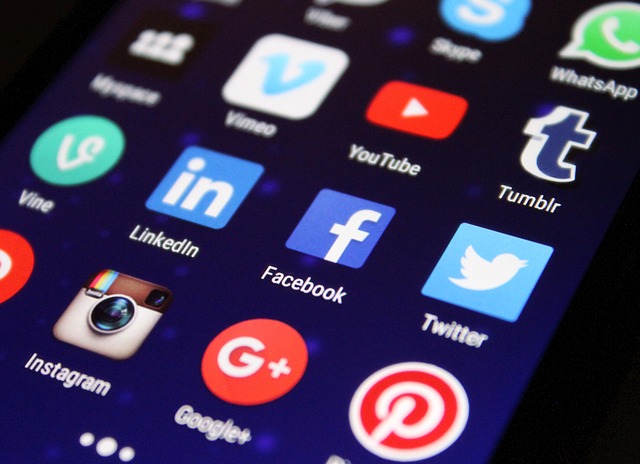

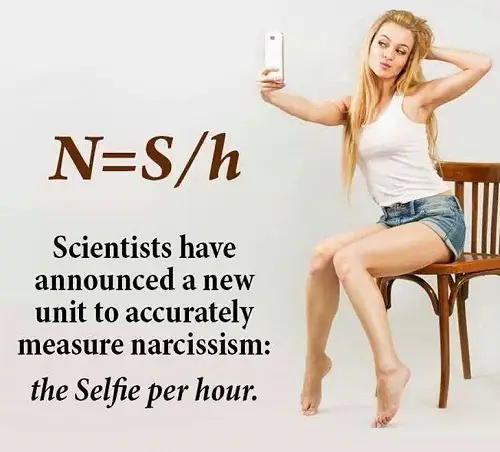
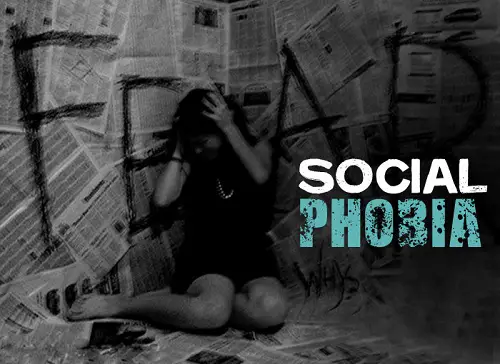

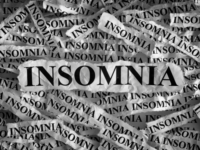





Leave a Reply